
What Are Intelligent Agents in AI? Explained in a Simple Way

Published on: August 13, 2024 Business Intelligence
In today’s data-driven world, Business Intelligence (BI) Advisors play a crucial role in helping businesses reach new heights. By leveraging cutting-edge AI tools, advanced analytics, and customized BI dashboards, they empower organizations to make informed decisions and stay ahead of the competition. Whether it’s integrating Power BI tools, exploring the latest BI programs, or embracing Business Intelligence 2.0, these advisors provide the expertise needed to unlock your business’s full potential.

Business Intelligence Advisors play a crucial role in enhancing decision-making processes within modern enterprises. By leveraging their data analysis and interpretation expertise, they provide actionable insights that help businesses make informed decisions. These consultants leverage cutting-edge business intelligence tools to examine large volumes of data, uncovering trends and patterns that might not be immediately visible. This analytical approach enables organizations to forecast market trends, optimize operations, and respond more effectively to changing business environments. Moreover, Business Intelligence Advisors help bridge the gap between raw data and strategic decision-making, ensuring that leadership teams have the necessary information to make decisions that drive growth and profitability.
Integrating Business Intelligence Advisors with existing systems is essential for maximizing the value of data within an organization. Advisors work closely with IT and operations teams to ensure that business intelligence tools are seamlessly integrated into current workflows and processes. This integration allows for real-time data access and analysis, enabling businesses to make swift, data-driven decisions. Additionally, Business Intelligence Advisors help customize these tools to align with the specific needs of the organization.
Maximizing return on investment (ROI) with strategic Business Intelligence Advisory Services involves more than just implementing advanced tools; it requires a tailored approach to utilizing these resources effectively. Business Intelligence Advisors help organizations identify key performance indicators (KPIs) that align with business goals, ensuring that the focus remains on areas that deliver the most value. They also provide ongoing support and training, helping teams to fully understand and use business intelligence tools to their full potential.
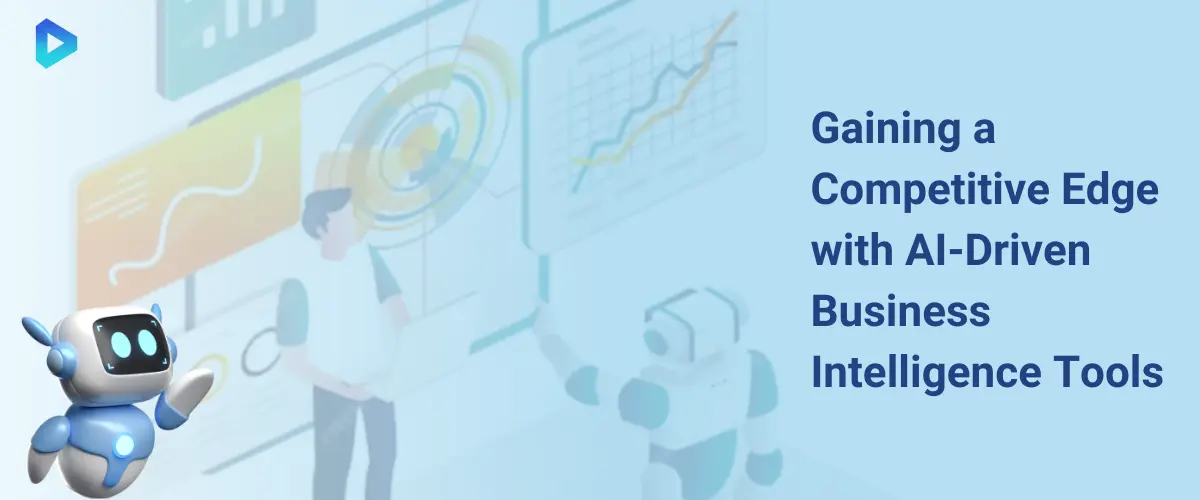
AI-driven business intelligence tools offer significant benefits that can give your business a competitive edge. These tools analyze vast amounts of data quickly, uncovering patterns and insights that might be missed by traditional methods. With AI, businesses can make more accurate predictions, automate routine tasks, and personalize customer experiences more effectively. For example, AI can help predict market trends, optimize inventory management, and even provide real-time recommendations to customers.
Choosing the right AI business intelligence tools is crucial to maximizing their effectiveness in your organization. The first step is to clearly define your business goals and the specific problems you want to solve. Are you looking to improve customer insights, optimize operations, or enhance financial planning? Once your goals are clear, evaluate tools based on their features, ease of integration with existing systems, and user-friendliness. It’s also important to consider the scalability of the tool – can it grow with your business? Consult with your team and possibly a Business Intelligence Advisor to ensure you select tools that align with your needs and can deliver the most value.
Successfully implementing AI business intelligence tools in your organization requires a strategic approach. Start by ensuring that your team is fully trained on the new tools, understanding both their capabilities and how to use them effectively. Integration with existing systems is key; the tools should work seamlessly within your current infrastructure. It’s also important to establish clear metrics to measure the impact of these tools, such as improvements in decision-making speed, accuracy of forecasts, and overall efficiency. Regularly review and adjust your strategies based on the insights gained from the tools, and keep an open line of communication with your team.
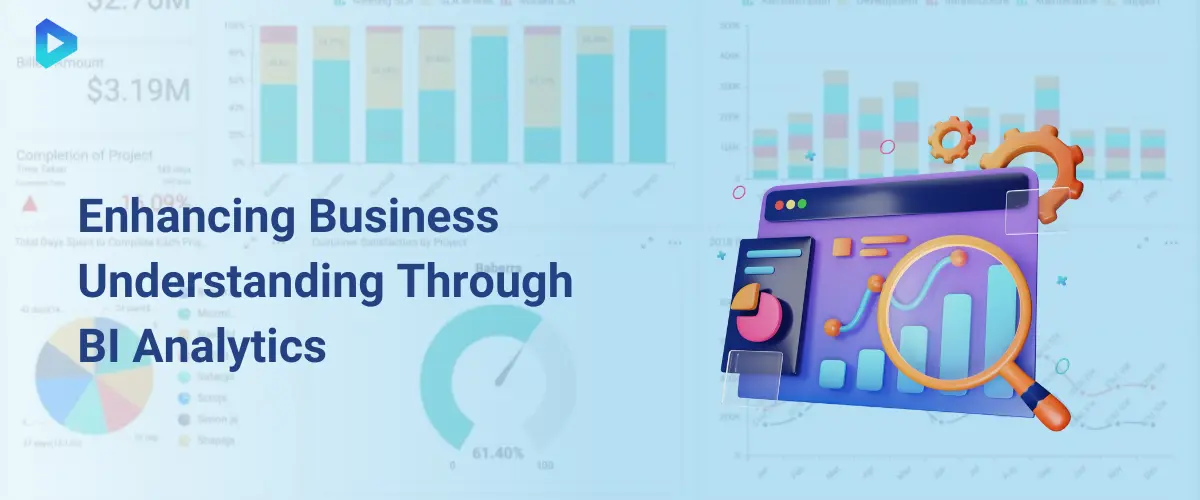
Business Intelligence (BI) Analytics is a powerful tool for improving data interpretation within organizations. By using BI Analytics, businesses can transform raw data into meaningful insights that drive better decision-making. These tools help to identify patterns, trends, and correlations in the data that might not be obvious at first glance. For instance, BI Analytics can reveal customer behavior trends, helping businesses tailor their marketing strategies more effectively. Additionally, it can highlight inefficiencies in operations, allowing for targeted improvements. By improving how data is interpreted, businesses can make more informed decisions that enhance their overall performance and competitiveness.
Tracking the right metrics with Business Intelligence Analytics is essential for gaining valuable insights. Some of the most important metrics include customer acquisition cost, customer lifetime value, sales conversion rates, and operational efficiency ratios. These metrics help businesses understand the effectiveness of their marketing campaigns, sales processes, and operational strategies. For example, tracking customer acquisition costs alongside customer lifetime value can reveal the profitability of different customer segments. Monitoring operational efficiency ratios can highlight areas where resources are being underutilized, allowing for better allocation.
To get the most out of Business Intelligence Analytics, it’s important to follow best practices that ensure effective use of the tools. First, clearly define your business goals and align your analytics efforts with these objectives. This focus helps ensure that the insights you gain are relevant and actionable. Second, ensure data quality by regularly cleaning and updating your data sources to avoid inaccuracies. Third, involve your team by providing training and encouraging collaboration, so that insights from BI Analytics are understood and applied effectively across the organization. Lastly, continuously monitor and adjust your strategies based on the insights you gather, allowing for ongoing improvement and adaptation to changing market conditions.
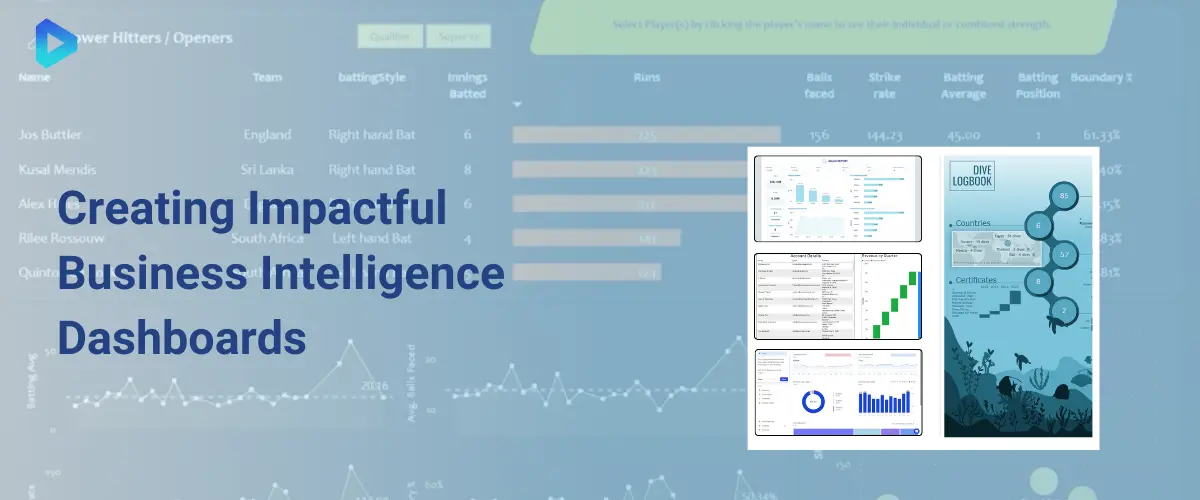
A well-designed Business Intelligence (BI) dashboard is crucial for turning data into actionable insights. The essential components of a BI dashboard include clear data visualizations, such as charts and graphs, that make it easy to understand complex data at a glance. Additionally, interactive elements like filters and drill-down options allow users to explore data in more detail. Key performance indicators (KPIs) should be prominently displayed, providing an at-a-glance overview of the most important metrics for your business. An organized layout is crucial, as it ensures that information is logically structured and easy to navigate.
Customizing Business Intelligence dashboards to fit your specific business needs is essential for maximizing their effectiveness. Start by identifying the key metrics that matter most to your business goals, whether they relate to sales, customer satisfaction, or operational efficiency. Once you have these metrics, you can tailor the dashboard to highlight this information in a way that is meaningful to your team. Customization also involves selecting the right data sources to ensure that the information displayed on your dashboard is accurate and up-to-date. Additionally, consider the needs of different users within your organization—executives may need a high-level overview, while department managers might require more detailed data.
Monitoring performance using Business Intelligence dashboards is an effective way to keep your business on track and make informed decisions. With real-time data displayed on your dashboard, you can quickly identify trends, track progress toward goals, and spot potential issues before they become significant problems. Regular monitoring allows you to adjust strategies as needed, ensuring that your business remains agile and responsive to changes in the market. Dashboards also facilitate performance reviews by providing a clear, visual representation of your KPIs and other critical metrics.
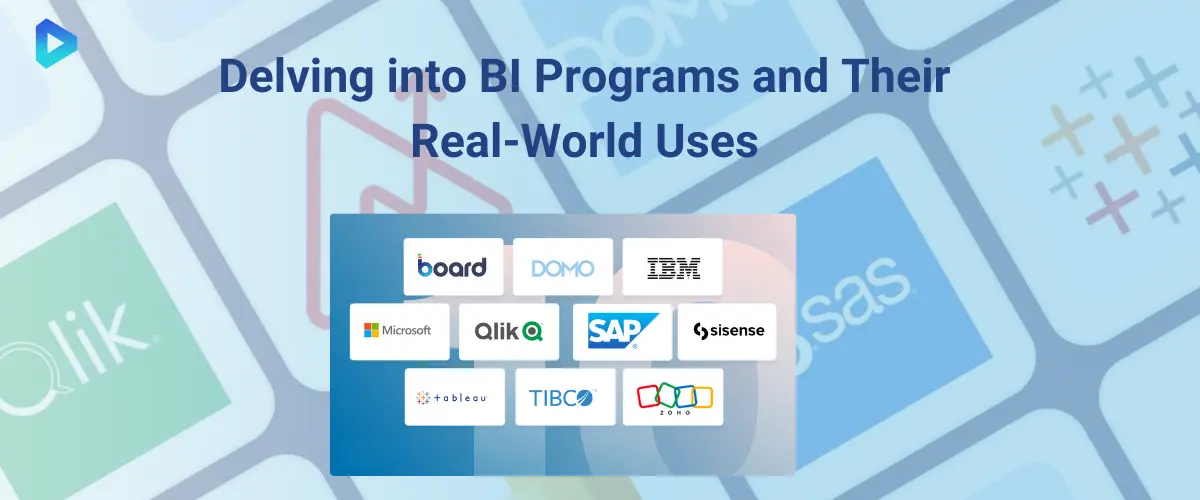
Business Intelligence (BI) Programs are tailored to meet the unique needs of different industries, making it essential to choose the right one for your business. Programs like Power BI, Tableau, and Looker are widely used across various sectors, including finance, healthcare, retail, and manufacturing. For instance, Power BI is popular in finance due to its robust data integration capabilities and advanced analytics features. Tableau is favored in retail for its user-friendly interface and powerful data visualization tools. Looker, on the other hand, is preferred in tech-driven industries for its ability to handle large datasets and provide real-time insights.
Implementing Business Intelligence programs can significantly enhance your organization’s decision-making process and overall efficiency. One of the primary benefits is improved data accuracy and accessibility; BI programs consolidate data from multiple sources, ensuring that your team has access to reliable and up-to-date information. This leads to better decision-making as your business can quickly respond to trends and changes in the market. Another key benefit is the ability to identify inefficiencies within your operations, allowing you to optimize processes and reduce costs. Additionally, BI programs provide enhanced data visualization capabilities, making it easier to interpret complex data.
How to Choose the Right Business Intelligence Program
Selecting the right Business Intelligence program for your business involves considering several key factors. First, assess your business needs and goals—what specific problems are you looking to solve with BI? If your focus is on real-time data analysis, you might prioritize programs that offer strong real-time capabilities, like Looker. Next, consider the ease of integration with your existing systems; the BI program you choose should seamlessly integrate with your current software and data sources. User-friendliness is another crucial factor; a program with an intuitive interface will ensure that your team can quickly adopt and effectively use it.

Business Intelligence (BI) products are continuously evolving, driven by advancements in technology and the increasing demand for data-driven insights. Among the products shaping the future of BI are cloud-based BI solutions, which offer scalable, real-time analytics that can be accessed from anywhere. Another significant development is the integration of artificial intelligence (AI) and machine learning (ML) into BI tools, enabling more sophisticated data analysis and predictive analytics. Self-service BI platforms are also gaining popularity, allowing non-technical users to generate insights and reports without needing deep technical knowledge.
There are several Business Intelligence tools that are particularly effective in enhancing decision-making processes within organizations.
Staying updated with emerging Business Intelligence products is essential for businesses looking to maintain a competitive edge.

Business Intelligence 2.0 represents a significant evolution in how companies gather, analyze, and use data to drive growth. Unlike traditional BI systems, which focused primarily on historical data analysis, BI 2.0 emphasizes real-time data processing, predictive analytics, and the integration of advanced technologies like artificial intelligence (AI) and machine learning (ML). For modern enterprises, this means faster, more accurate decision-making, and the ability to anticipate market trends and customer needs. Business Intelligence 2.0 also supports collaboration across departments by providing more accessible and user-friendly tools, enabling teams to work together more effectively.
Business Intelligence 2.0 tools come equipped with several key features that distinguish them from earlier versions.
Implementing Business Intelligence 2.0 is a strategic move that can significantly boost innovation within your organization.
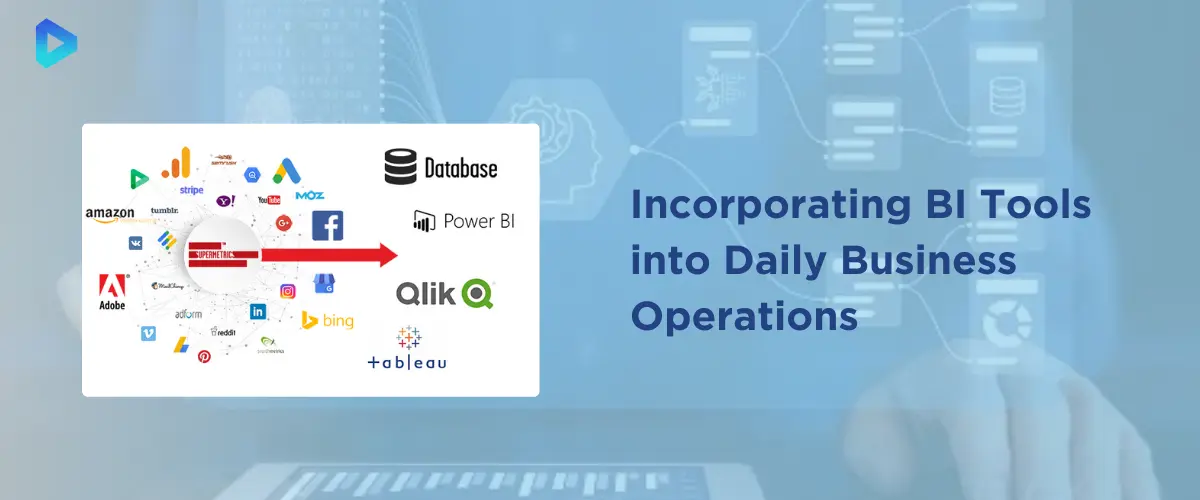
Business Intelligence (BI) tools are transforming how companies make decisions by turning raw data into actionable insights. For example, companies like Amazon use BI tools such as Tableau to visualize sales data in real time, allowing them to optimize their inventory management and supply chain processes. Another example is Power BI used by a healthcare organization to track patient outcomes and resource allocation, leading to improved patient care and operational efficiency. These real-world applications demonstrate how BI tools can be tailored to various industries to drive strategic decisions and improve operational efficiency.
BI tools improve decision-making by providing accurate, up-to-date information that businesses can rely on to make informed choices. With features like real-time data processing and predictive analytics, tools such as Qlik Sense help businesses anticipate market trends and customer behavior, allowing them to stay ahead of the competition. Additionally, BI tools streamline data analysis processes by automating data collection, cleansing, and reporting, which reduces the time and effort needed to produce actionable insights. This efficiency not only speeds up decision-making but also ensures that decisions are based on comprehensive, data-driven insights, leading to better outcomes for the business.
To achieve the maximum impact from BI tools, it’s essential to implement them strategically. Start by identifying key areas in your business where data-driven insights could make a significant difference, such as sales, customer service, or operations. Once you’ve identified these areas, select the BI tools that best fit your needs, ensuring they integrate seamlessly with your existing systems. Training your team is also crucial; they need to understand how to use the tools effectively to analyze data and generate reports.